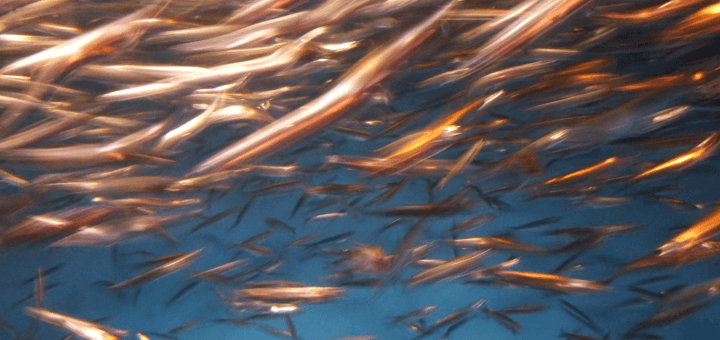I’m not much into to fishing but the few times I’ve gone out on a charter with friends it’s been pretty fun. This might be because the captain knows where the good spots are or can find them using fish finder technology. They also know what bait may tempt the fish.
When planning new client engagements we often debate how much time to spend on research versus experimentation. We’re not alone.
Research acts like the fish finder, it allows you to look broadly so you can identify target areas and learn what might be the appealing them. Research helps you consider a broader area so you can discover new customer segments to target. But if you want to actually catch a fish you have to put the line in the water and see if they bite.
A big company may invest in long research efforts to discover new markets and needs. I’ve seen some lovely decks created by agencies that specialize in research and strategy. They make me jealous but I also know that getting to revenue is going to take a whole lot of experimentation and learning and at the end we may do a fraction of what’s recommended. It also means my team is going to spend a lot of time negotiating and breaking down grand ideas into achievable pieces.
A startup has a limited runway and needs to show progress to their investments. Many of them use lean startup methods and run experiments looking to see if someone will give them some form of currency. Currency can be a letter of commitment, time, introductions, a social media mention or something else.
We need to find a balance that works. One that encourages exploration, experimentation continuous learning and lightweight documentation. What’s worked for us is having a set of broader interviews to start followed by sessions that mix research and testing.
Image: An exhibit from the amazing Monterey Bay Aquarium

